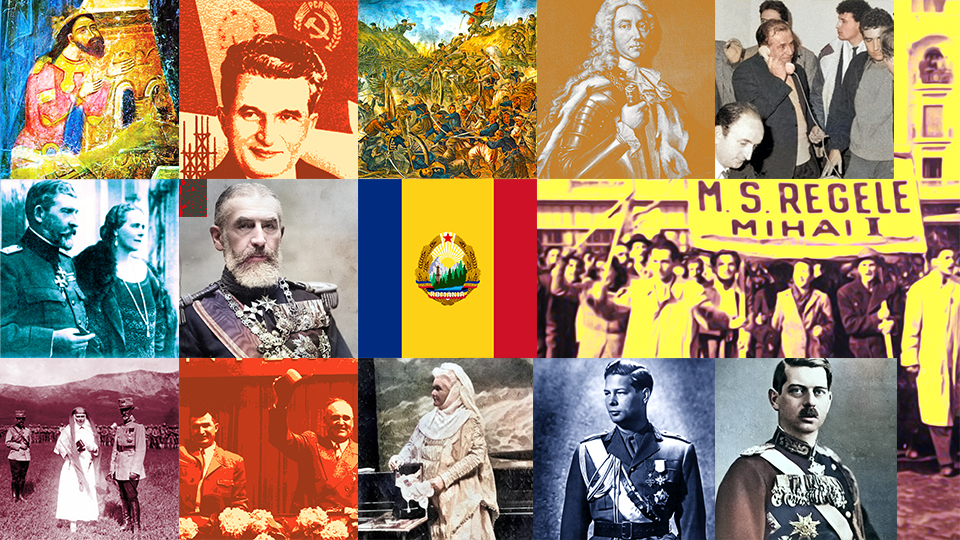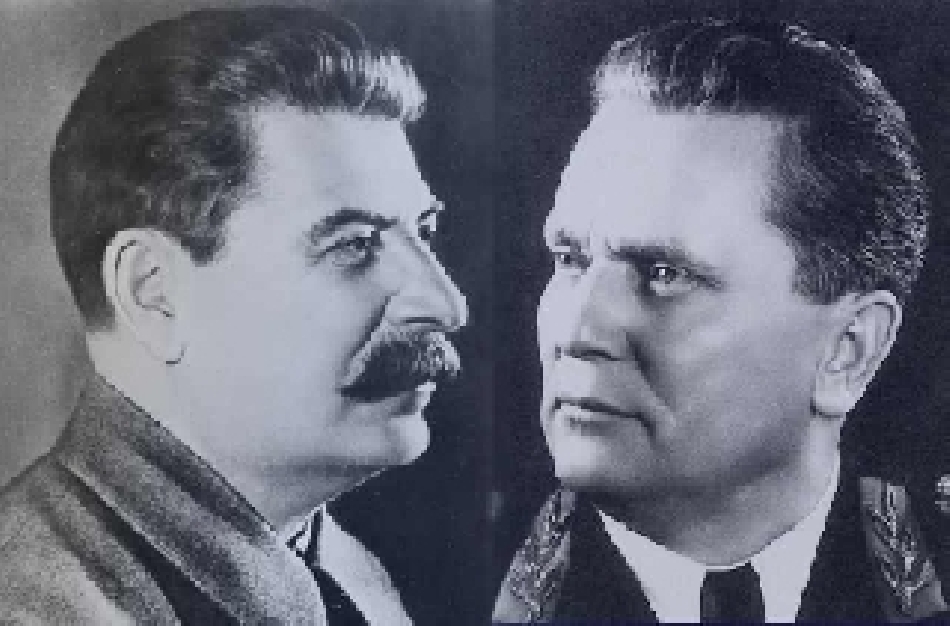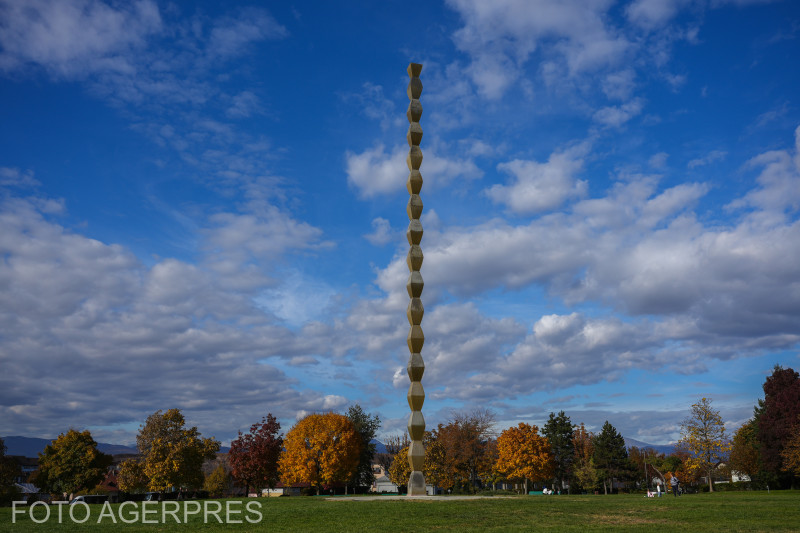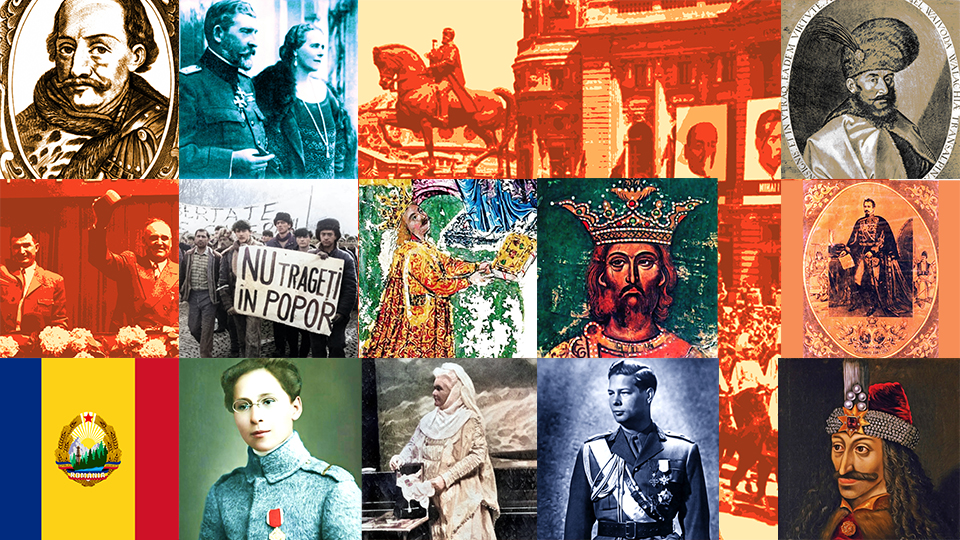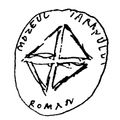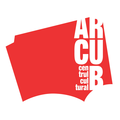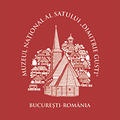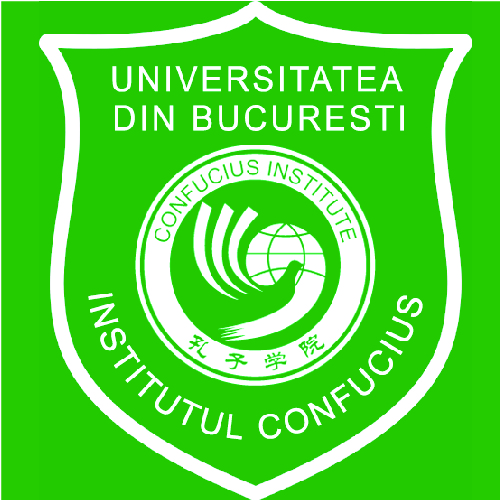The Iconography of the Phanariot Period
The Ottoman Empire, in full offensive in Central Europe in the second half of the 17th century, was a conduit for Greek and Middle Eastern culture.

Steliu Lambru, 07.03.2016, 13:16
The princes of Moldavia after 1711 and those of Wallachia after 1716 came from rich families residing in the Fener area of Istanbul, hence the name Phanariot. The Phanariot period was considered by some history currents, such as the Romantic one, one of the most nefarious in Romania’s history. It was seen as deeply corrupt, marked by get-rich-quick mentalities and impoverishment of the populace.
Culturally, the Phanariot period was a period when Greek culture was dominant, as reflected by the iconography, especially in the early 19th century. The Phanariot period ended violently in the 1821 revolution led by Tudor Vladimirescu, when Romanian families started placing their scions on the throne once again.
Some Phanariot families became gradually Romanian, adopting a nationalist and modernizing discourse. Berated by Romantics and used as a scapegoat for every social and economic ill, the Phanariot period dominated Romanian history until the union of 1859 between Moldavia and Wallachia. Historian Adrian-Silvan Ionescu studied the fashion and mentalities of the first half of the 19th century, a century marked by Phanariot Levantine mentalities. He pointed out for us the opulence of that era in its imagery.
Adrian-Silvan Ionescu: “The Phanariot world is represented by the most beautiful nuance you can find on a painter’s palette. The Phanariot period was the period of sublime picturesque, both in words and in attitudes. When the nobles spoke to each other, they used a Greek term of endearment. They had an exceedingly flowery speech, as reflected in archive material. They dressed in garb typical of Constantinople, with the refinement and wealth of the old Byzantium. They continued Byzantium where they lived, as Nicolae Iorga said in his theory called Byzance après Byzance, very well supported.”
The rich clothing was typical of this culture. They dazzled Western elites, according to Adrian-Silvan Ionescu:
Adrian-Silvan Ionescu: “The princely courts in Iasi and Bucharest were so glamorous, with their opulent clothing, that representatives of royal houses and imperial houses of Europe were amazed. One of the most important Romanian noblemen, Ienachita Vacarescu, went to the Imperial Court in Vienna to try and persuade the emperor to send the two Austrian princes home. They had adopted the so-called German garb, and had shaved off their beards. The countesses and baronesses of the Imperial Court actually took off some of his clothes, in admiration for their quality, mostly the Cashmere shawl he used as a girdle.”
The paintings depicting Romanian nobility in the early 19th century showed off expensive clothing, jewelry, weapons and fancy cuts. Here is Adrian-Silvan Ionescu once again.
Adrian-Silvan Ionescu: “We can see expensive furs, such as sable and ermine, expensive and heavy silks, jewelry, fancy weaponry, with silver and gems. They were the measure of the fabulous wealth boasted by these princes, who knew how to get rich in record time, but also a measure of their elevated tastes. An analysis of the clothing of that time, in terms of shape and color, shows the impeccable taste of their wearer. The matching of colors and textures, the way they were worn, with dignity and pride, showed off their status and importance. We know that there were 3 nobleman ranks. The first were the court noblemen, followed by the second and third ranking. Each had certain fabrics and furs they wore. No one could exceed his station and wear sable, if they were not court nobles. The most important sign of rank was the beard, which was worn only by the court noblemen, while the second and third ranks had a mustache. When a nobleman was elevated to the first ranking, the prince’s personal barber shaped his beard.”
Phanariot fashion is a lasting legacy in Romanian culture, but only as a passing trend.
Adrian-Silvan Ionescu: “Phanariot fashion held sway in the first three decades of the 19th century, even though Phanariot noblemen started disappearing after Tudor Vladimirescu’s revolution, alongside their ruling princes. There was a bit of a revival around the middle of the 19th century, between 1860-1865, when there was a revival of the cerchen, a beautiful vest with very wide, split sleeves, used as daytime couture. At costume balls, many who had grown up in the Phanariot tradition wore it for old times’ sake.”
The iconography of the Phanariot period displays a long gone world of opulence and wealth, but only of the elites that were grabbing on to their quickly fading status under changing times.

